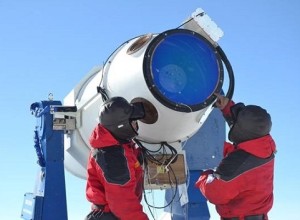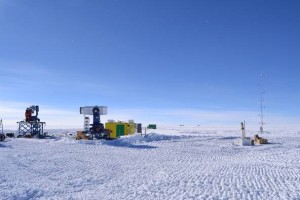The STA4850 is a 4080 x 4080 image element solid state Charge Coupled Device CCD sensor. This CCD is intended for use in high-resolution scientific, space based, industrial, and commercial electro-optical systems. The STA4850 is organized in two halves each containing an array of 4080 horizontal by 2040 vertical photosites. The pixels are 15um square. The single stage output architecture allows low noise operation through four readout sections. The STA4850 is back illuminated, and is packaged on a high stability, high performance AlSi substrate. It’s available in 30um epitaxial and 100um deep depletion variants.
FEATURES
- 4080 x 4080 CCD Image Array
- 15μm x 15μm Pixel
- 61.2mm x 61.2mm Image Area
- 100% Fill Factor
- Readout Noise Less Than 3 Electrons at 100KHz
- 4 Single Stage 100kHz – 1MHz Outputs
- Three-Phase Buried Channel Image Area
- Three-Phase Buried Channel Readout Registers
- Selectable Video Output Channels
- Back Illuminated
- 30um Epitaxial and 100um Deep Depletion Variants
Full details are available in the datasheet. Feel free to contact us for information on other variants or packages.


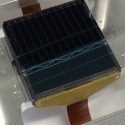
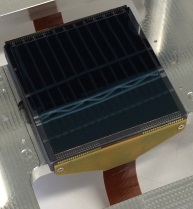
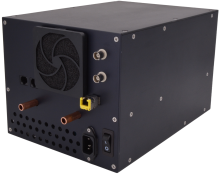 We are pleased to announce a new variant of Archon, called Archon AC. This version of our CCD controller is taller than the standard chassis, but integrates the AC/DC and DC/DC converters to simplify cabling and reduce costs. It also includes a water block for cooling, and the fan can be disabled in software for dedicated liquid-cooled applications. The new options have been added to the Archon manual and price list. The standard AD module has also been updated to Rev K, and demonstrates crosstalk levels better than 1 in 107. The Archon Backplane has been updated to Rev F, and offers better jitter performance when
We are pleased to announce a new variant of Archon, called Archon AC. This version of our CCD controller is taller than the standard chassis, but integrates the AC/DC and DC/DC converters to simplify cabling and reduce costs. It also includes a water block for cooling, and the fan can be disabled in software for dedicated liquid-cooled applications. The new options have been added to the Archon manual and price list. The standard AD module has also been updated to Rev K, and demonstrates crosstalk levels better than 1 in 107. The Archon Backplane has been updated to Rev F, and offers better jitter performance when 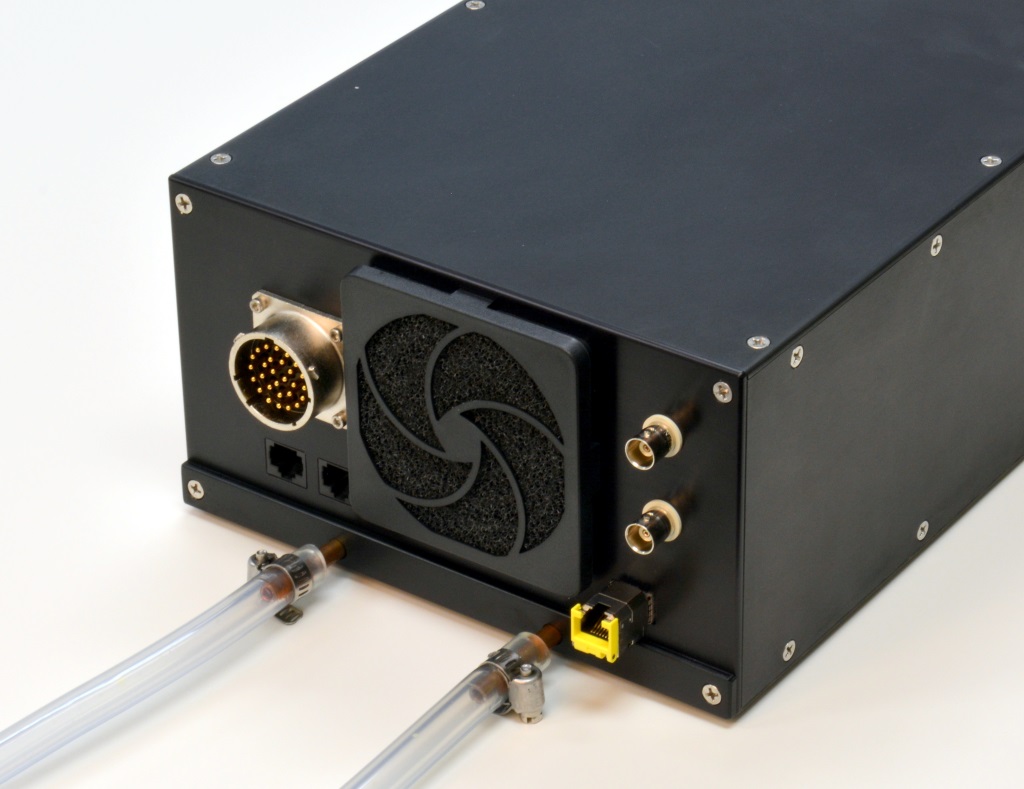
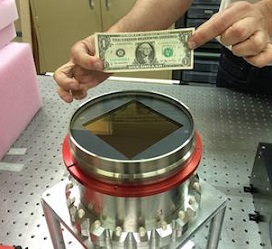 The Asteroid Terrestrial-Impact Last Alert System (ATLAS) is being developed by a team of astronomers at the University of Hawaii and is funded by NASA. ATLAS is an asteroid impact early warning system consisting of two telescopes that will scan the whole sky several times every night looking for moving objects. Each telescope has a 10k x 10k STA1600 CCD and an Archon controller. When the project’s Haleakala and Mauna Loa sites are complete by early 2016, ATLAS can provide one day’s warning for a 30-kiloton “town killer,” a week for a 5-megaton “city killer,” and three weeks for a 100-megaton “county killer” asteroid. More information on ATLAS is available
The Asteroid Terrestrial-Impact Last Alert System (ATLAS) is being developed by a team of astronomers at the University of Hawaii and is funded by NASA. ATLAS is an asteroid impact early warning system consisting of two telescopes that will scan the whole sky several times every night looking for moving objects. Each telescope has a 10k x 10k STA1600 CCD and an Archon controller. When the project’s Haleakala and Mauna Loa sites are complete by early 2016, ATLAS can provide one day’s warning for a 30-kiloton “town killer,” a week for a 5-megaton “city killer,” and three weeks for a 100-megaton “county killer” asteroid. More information on ATLAS is available 